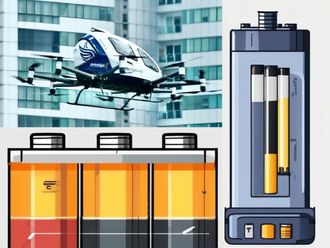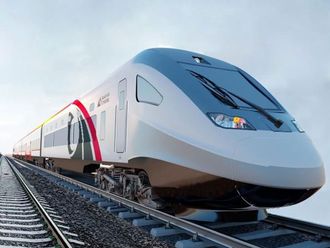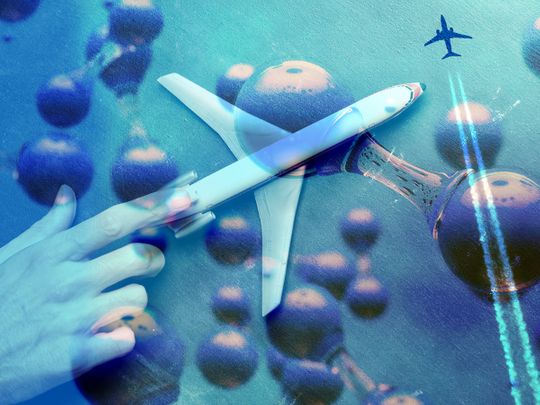
Highlights
- Ready for hydrogen future? A global race to produce abundant hydrogen offshore could usher in a “hydrogen century”.
- The process uses a system that combines forward osmosis with next-generation “electrolysis”.
- Hydrogen’s use as a fuel means cutting carbon dioxide generation, producing only water when it burns.
Dubai: Hydrogen, the most abundant element in the universe, makes up about 73% of the mass of the universe. But if it’s so abundant, then why not use it to fuel cars, ships and planes?
There are many challenges. But serious work is on the way to overcome them. The implications are massive for aviation, as well as the global energy industry.
We explore hydrogen's use as fuel of the future:
What’s the problem with hydrogen?
Well, right now, it’s cost and chemistry. Even if indeed it's the most abundant element in the universe, many hurdles need to be overcome. Sure, hydrogen is also clean. And producing it can certainly be sustainable.
There’s one big challenge: 95% of the world’s supply of hydrogen is currently produced by “steam methane reforming”, a super-cheap method, but also produces greenhouse gases. Another challenge: producting it makes the cost of the final product prohibitively high, about $14/kg, compared to less than $1/kg for kerosene.
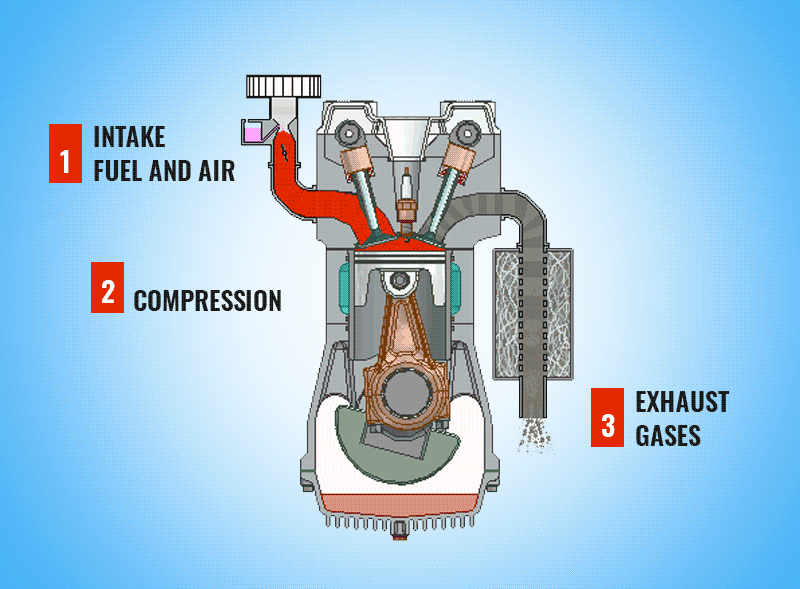
Another issue: Hydrogen is highly flammable. It can combust even at low concentrations, or when mixed even in small amounts with ordinary air. If not handled properly, it can cause fires. But it’s because of these same properties that allow it to be used for fuel.
Can hydrogen be really used to power planes?
Hydrogen-powered aeroplanes are already flying, from as early as 2008 — though mostly as small, experimental aircraft. Those planes could eventually pave the way for next generation aviation powered by clean fuel.
When power is turned on, the H2 in the H2O is split — hydrogen gas bubbles out of the negative end (called the cathode), and breathable oxygen emerges at the positive end — the anode. Hydrogen is stored in high-pressure tanks.
So why are aircraft engines not powered by hydrogen yet?
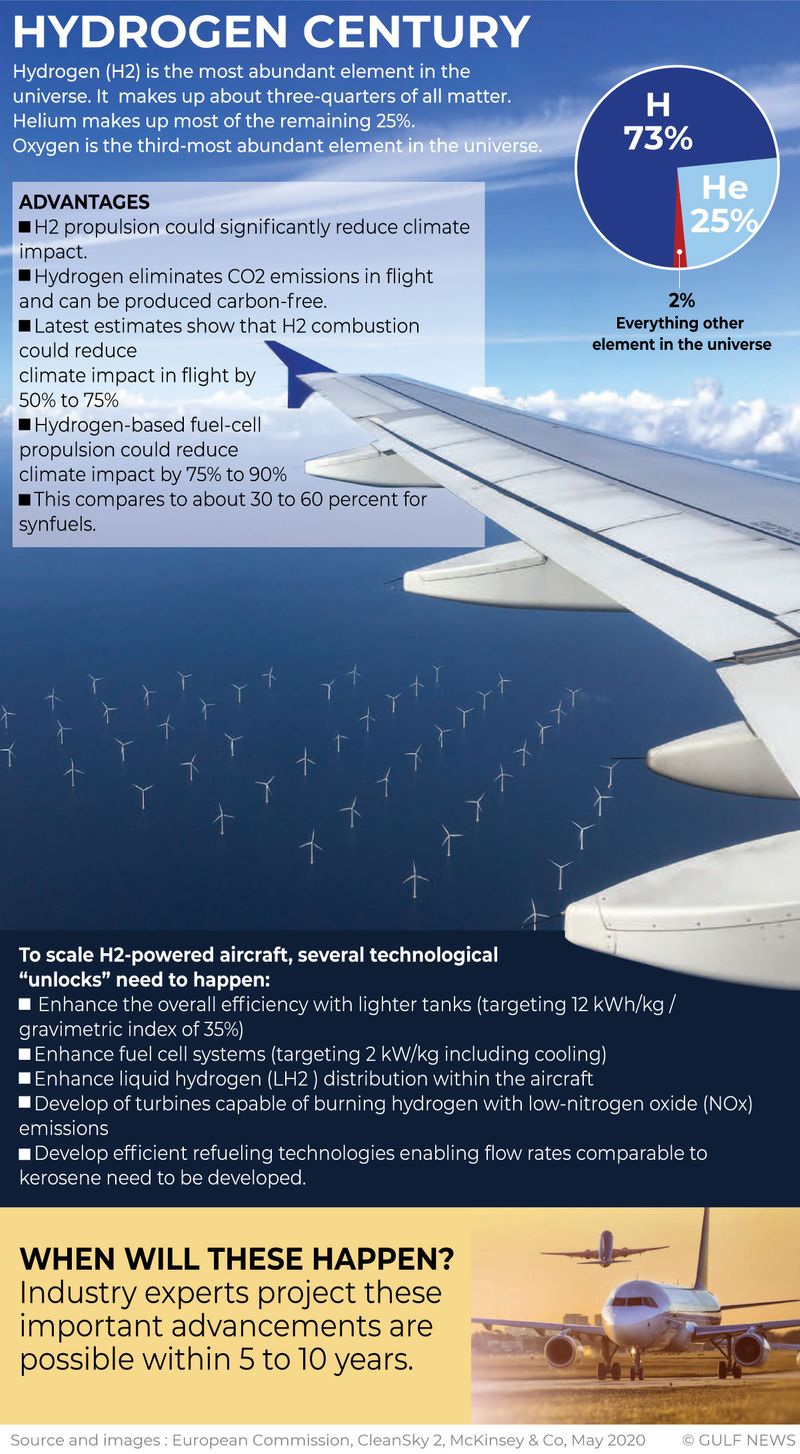
The answer is simple: cost and efficiency. Electrolysis requires electricity to produce hydrogen. This process, depending on the method used, results in an efficiency of around 70-80%. That means you lose 20-30% of the energy when you convert electricity to hydrogen.
Efficiency further down to 25% if you use hydrogen for direct combustion. The result: a loss of up to 75% of energy when you convert hydrogen to power a jet engine. The 75% becomes “dead weight”. Cost remains the biggest downside for hydrogen.
Currently, it costs about $14 to produce 1kg of hydrogen — vs jet fuel, which costs less than $1/kg. Most experts industry believe bringing down the cost per kg of hydrogen to $1/kg or less remains the biggest challenge.
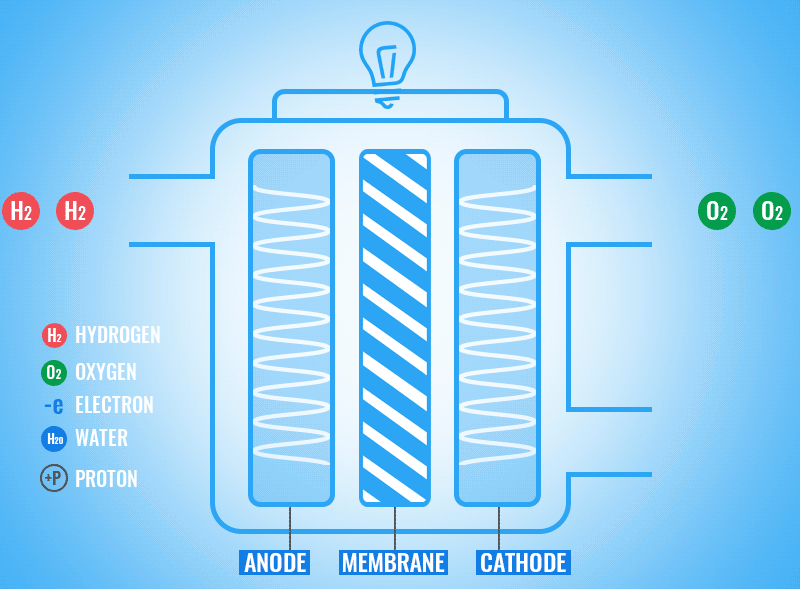
So what’s new?
The technology keeps improving. If scaled up, its use for aeroplanes, cars and ships can prove more viable. This could lead to a “hydrogen century”, also potentially helping ease climate change.
Five recent developments are potential game-changers:
(1) Saltwater-to-hydrogen via wind turbines
This is the new frontier. It simply means using seawater to produce “green hydrogen”. The Harvard China Project found that using wind power to produce hydrogen could provide a cost-competitive alternative to coal-dominated hydrogen manufacturing systems in the mainland. Europeans are also rapidly advancing this technique.
(2) Nano technology
University of Central Florida researchers have recently designed a “nanomaterial” that can split seawater and extract hydrogen. This could provide "electrolysis on an industrial scale”.
(3) Forward Osmosis
In March 2021, Chemistry World reported a method of saltwater-to-hydrogen conversion combining electrochemical water splitting with “forward osmosis”. This technique could allow a massive up-scaling of hydrogen fuel production using salty natural water without pre-treatment or purification, the journal reported.
(4) Electrolysers
Research into next-generation electrolysers is also advancing. For example, Shell has started up Europe’s largest hydrogen electrolyser of its kind at in Rheinland, Germany. Auto supplier Schaeffler has also shown a solution in which waste heat from the electrolysis process is used to distill the salt water.
(5) Solar
In 2019, Stanford researcher Hongjie Dai and his team created hydrogen fuel from seawater. The team used solar power, dipping electrodes in saltwater from San Francisco Bay. The findings were published on March 18, 2019 in the journal PNAS. Since then, numerous innovations have emerged.

Who can produce hydrogen at airports?
There’s no shortage of companies and investors willing to make this transition. Several parties have approached Airbus, for example, about providing hydrogen to airports. The International Energy Agency (IEA) estimates that Europe will produce green hydrogen capacity of 40 gigawatts in the continent by 2030. As cost makes more sense, the rest of the world could simply follow.
40 x
Energy density of hydrogen, even at 25% efficiency, compared to existing lithium-ion batteries.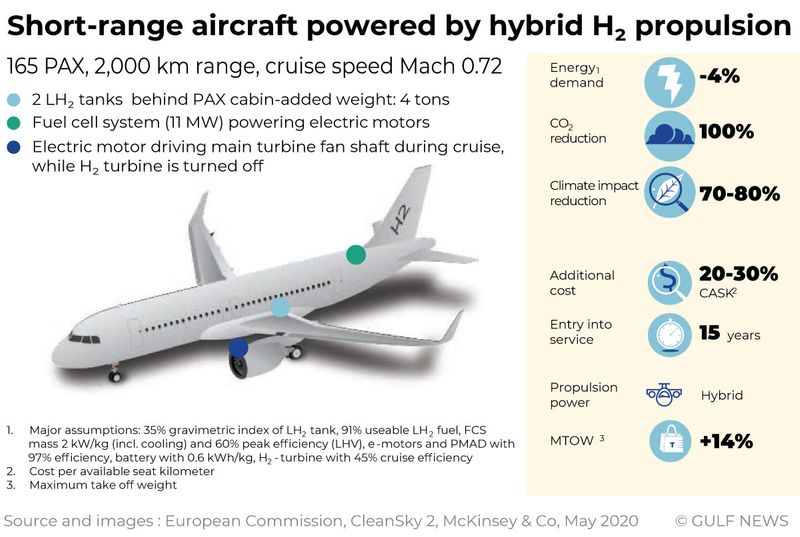
Who is developing hydrogen-powered airplanes?
Several entities are racing for hydrogen-powered aviation:
(1) Cummins
The world's first hydrogen-powered aircraft, powered by Cummins fuel cells, was unveiled at the Stuttgart Airport in Germany in December 2020. The four-seat airplane (DLR-HY4) has completed 30 two-hour test flights.
(2) ZeroAvia
California-based company ZeroAvia is pushing hydrogen-electric powertrains for 10-set to 20-seat aircraft with a 500-mile range, hoping to deliver them as early as 2024.
(3) Airbus
Airbus has sought to lead in the transition to greener aviation. In 2019, it demonstrated zero-emission aircraft concepts. Airbus is favouring hydrogen over batteries. The company said a hydrogen-powered aircraft could enter service by 2035.
(4) Boeing
The US planemaker has launched research into hydrogen propulsion for aircraft, too. In March 2008, an engineering team at Boeing Europe in Madrid, Spain, demonstrated for the first time that man can fly in an airplane powered by clean, quiet hydrogen fuel cells only.
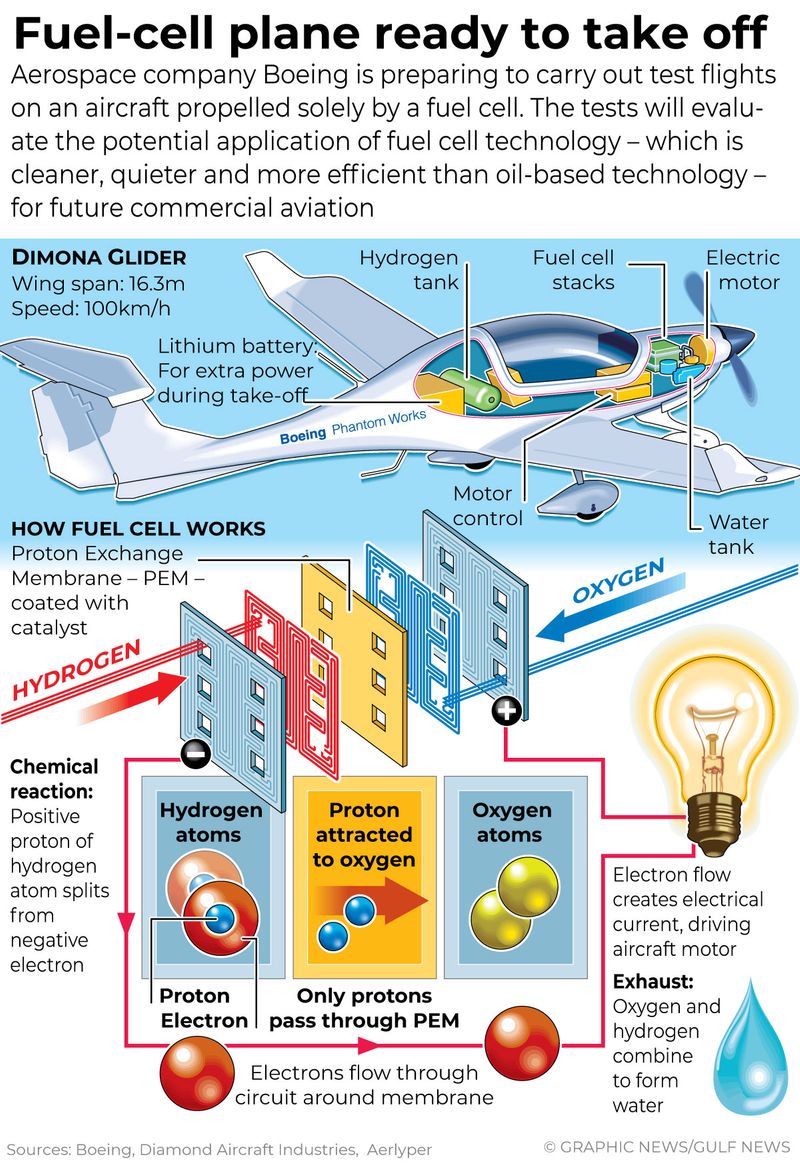
(5) NASA
Nasa also has a program to develop hydrogen-powered flight.
(6) Delta
The US airline is working with Airbus to test real-world applications for hydrogen fuel in commercial aviation. Delta's "Flight to Net Zero” plan seeks to scale and advance sustainable technologies. On March 17, 2022, Delta signed a Memorandum of Understanding to become the first US-based airline to collaborate with Airbus on the research and development of hydrogen-powered aircraft and the ecosystem required to make the transition. .
When will a hydrogen-powered plane happen?
In 5 to 15 years, according to most industry estimates. Airbus is using A308 as “test bed”, and even signed up Delta Airlines in it drive to develop hydrogen-powered aeroplane.

Which countries and companies are pushing for hydrogen?
Last month (February 2022) India unveiled "hydrogen roadmap" to speed up the transition to a hydrogen-based economy.
In January India’s richest man, Mukesh Ambani has unveiled a $75 billion plan that aims to make India a hydrogen hub and a prime mover in the “green hydrogen economy”.
What happens next?
Progress is being made. There are exciting developments which could accelearate hydrogen's adoption as the dominant fuel of the future.
These could make hydrogen-electric aircraft not only possible, but inevitable.


